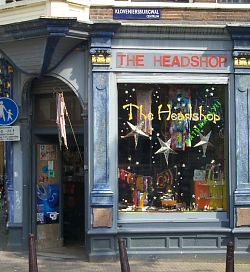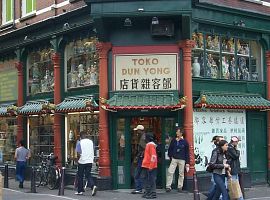The Jordaan was build at the large expansion of Amsterdam in early 17th century, as a district for the working class and emigrants. The population increase during the next centuries was enormously, caused by the stream political refugees like protestant Fleming, Spanish and Portuguese Jews and French Huguenots who mainly settled in the Jordaan. It was a poor district with small houses and slums, every little room stuffed with families and lots of children. The entire area was one ghetto with open sewers, canals served for both transport and sewer, and no running water. Around 1900 there lived about 80 thousand people, nowadays about 20 thousand.
Rembrandt
The famous 17th century Dutch writer Joost van den Vondel and photographer Breitner lived in the Jordaan. Artists, like the painter Rembrandt van Rijn in his lesser successful period, also came living in the Jordaan because of the low rents. The house of Rembrandt was on the Rozengracht (Rose canal, still a real canal these days). His studio was on the Bloemgracht (Flower canal). The famous painter was buried in a poor mans grave in the Westerkerk (West church).
Monument Care
During the seventieth of the 20th century the city council had serious plans to mainly demolish big parts of the district and replace them for large ugly blocks of modern buildings. There where many protests against this idea. City protectors, such as Monument Care, where against the loss of the historical town and the people of the Jordaan feared for large rent increases. Thanks to this resistance the plan was modified, there came small-scale projects which would repair the neighborhood, without damaging its original character.
Strolling
A large renovation was started. By then the district was discovered by a new generation occupants: artists, students, and young entrepreneurs. The old inhabitants moved to other neighborhoods and cities like Almere. Partly by these new inhabitants the Jordaan has changed from a slum area to a district for artist, still living on low rent, and the rich who bought the very expensive renovated houses. Nowadays the Jordaan is compared to the rest of the town an oasis of peace with a labyrinth of narrow streets and little canals, nice for strolling around courtyards, art studios, and monumental buildings with stone tablets, old-fashioned ‘brown’ pubs, boutiques or galleries.
Markets
There are also some markets in this area. Saturdays you will find the Lindenmarkt (Lime market), a general market, on the Lindengracht (Lime canal) and a biological food market on the Noordermarkt (North market). Mondays you have a flea market at the Noordermarkt and a market on the Westerstraat (West street) with nice fabrics. On the Noordermarkt you can visit the Noorderkerk (North church), designed by Hendrick de Keyser in the 17th century.
Noorderkerk
Many people think that the Westerkerk (West church) on the Westermarkt is the main church of the Jordaan. It’s true that you can hear its carillon and see the beautiful Westertoren (West tower) everywhere in the neighborhood and that the Jordaanfestival is located on his square, but the church is actually located just outside the Jordaan. So the main church of the Jordaan is the Noorderkerk. The Noorderkerk was built in the northern part in 1620-1623 by Hendrick de Keyser and his son Pieter. The church is still in use as a Protestant church, and like the Westerkerk open to everyone, especially during concerts.
Art studios
Hundreds of artist discovered the Jordaan in the 70th because of the low rent of houses in these little streets. The lucky ones are renting a studio in one of these beautiful inner courtyards of the neighborhood. Every two years the artist organize a so called ‘open studio event’. During these days visitors can have a look in the ‘kitchens’ of the artist. There is also a permanent ornamental route called ‘Jewels in the Jordaan’. Past charming alleyways and picturesque canals it leads to gold- and silversmiths.
Courtyards
The Jordaan has a high concentration of hofjes (inner courtyards), beautiful yards with little houses, many of them with restored houses and peaceful gardens. These courtyards were build by rich people for older women; a kind of charity and protection. Beginning of the 70th most of these courtyards was in a very bad shape, like the rest of the neighborhood. After there restoration they were discovered by artist, students and still some older people with special privileges because of a church membership. Some of the courtyards are closed to the public, and only opened on special days called ‘open monuments days’. But if you do come across one of the entrances, and it is unlocked, most residents won’t mind if you sneak a quiet peek. During the summer some of these yards are opened on Sundays during free concerts called ‘hofjesconcerts’.
Stone tablets
Many houses in the Jordaan have a stone tablet, a stone sign that shows the profession or family sign of the inhabitants. For instance a butcher showed a pig and a tailor a pair of scissors, carved in a stone above the entry. During a walk it’s a pleasure to observe those beautiful, when renovated colorful, antique signs. The first stone tablets are made in the 16th century, when citizens were ordered to use these tablets instead of big wooden gables that obstructed the traffic in these narrow streets.
Museums
Most of the museums in the Jordaan are small. You have the Pianola museum with old mechanical pianos, a literature museum of Theo Thijssen, a houseboat museum, and a fluorescent museum called Electric Lady Land. Just on the boarder of the Jordaan you can find the Anne Frank House on the Prinsengracht (Prince canal).
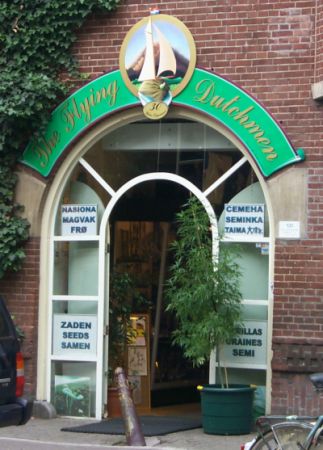


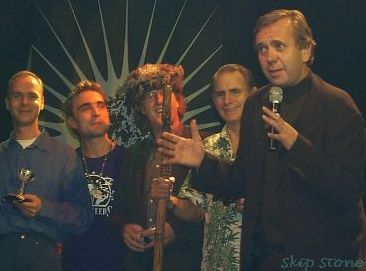
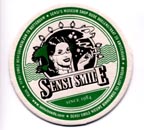 Good place to meet your friends for those long conversations. All sorts of famous folks like the
Good place to meet your friends for those long conversations. All sorts of famous folks like the 